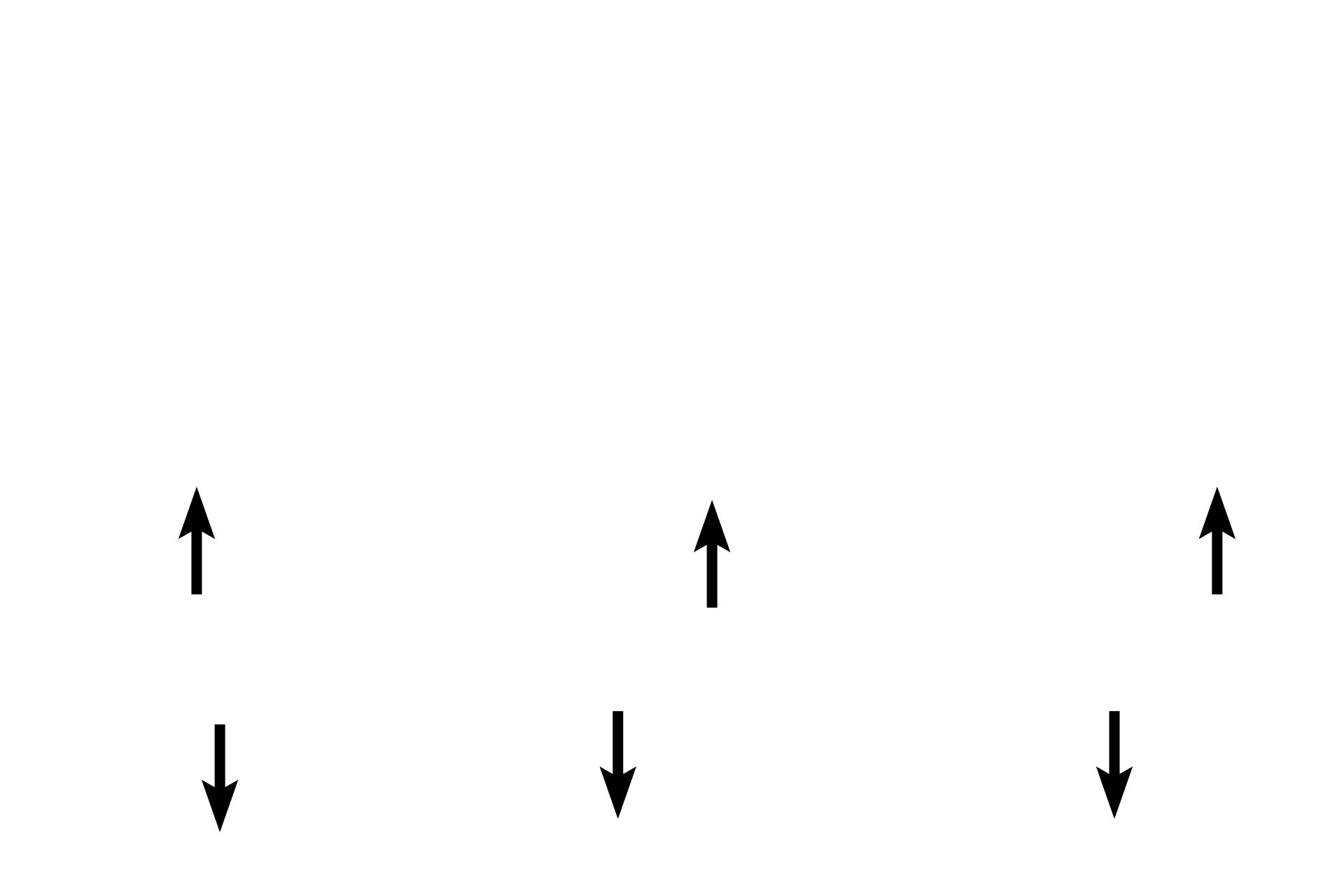
Bone: the organ – flat bones
Bones that form the cranial vault or calvarium (e.g., frontal and parietal bones) are classified as flat bones. Cranial bones have a unique structure among flat bones, consisting of an inner diploë of spongy bone sandwiched between inner and outer tables of compact bone. This structure reflects the embryonic process by which these cranial bones form. Additional flat bones include sternum, ribs, scapula and pelvis (e.g., ilium). 3x, 50x

Adult cranial bone >
This dried cranial bone shows a layer of spongy bone (diploë), between inner and outer tables of compact bone.

- Outer table
This dried cranial bone shows a layer of spongy bone (diploë), between inner and outer tables of compact bone.

- Diploë
This dried cranial bone shows a layer of spongy bone (diploë), between inner and outer tables of compact bone.

- Inner table
This dried cranial bone shows a layer of spongy bone (diploë), between inner and outer tables of compact bone.

- Suture >
Where cranial bones meet, they form suture joints, consisting of a thin layer of fibrous connective tissue between the bones. Suture (fibrous) joints are immobile or only slightly mobile. The connective tissue is not preserved in this dried specimen and so a gap is visible between the bones.

Developing cranial bone >
Cranial bones originally form in the fetus as spongy bone within a connective tissue membrane, rather than from an epiphyseal plate. Peripheral regions of this spongy bone are converted into the compact bone of the inner and outer tables.

- Embryonic connective tissue membrane >
This embryonic connective tissue membrane has already begun the process of forming one of the cranial bones. Bone is initially deposited as spongy bone in the center of the membrane. Later, the spicules in the outer and inner regions fuse to form the compact bone of the inner and outer tables. The central region remains as the spongy bone of the diploë.

- Spicules >
Spicules initially consists of woven bone that is gradually remodeled into lamellar, spongy bone forming the diploë in the adult.

- Endosteum >
Endosteum surrounds the individual spicules of spongy bone and will continue to line all interior surfaces of the flat bone in the adult. As this is developing bone, large numbers of osteoblasts are present in the endosteum on the surface of the spicules.

- Periosteum >
The periosteum also forms from the original embryonic connective tissue membrane. The periosteum on the exterior surface of the bone, referred to as pericranium in gross anatomy, is applied to the surface of the outer table. The periosteum on the internal surface lies adjacent to the brain and will form a major portion of the dura mater.